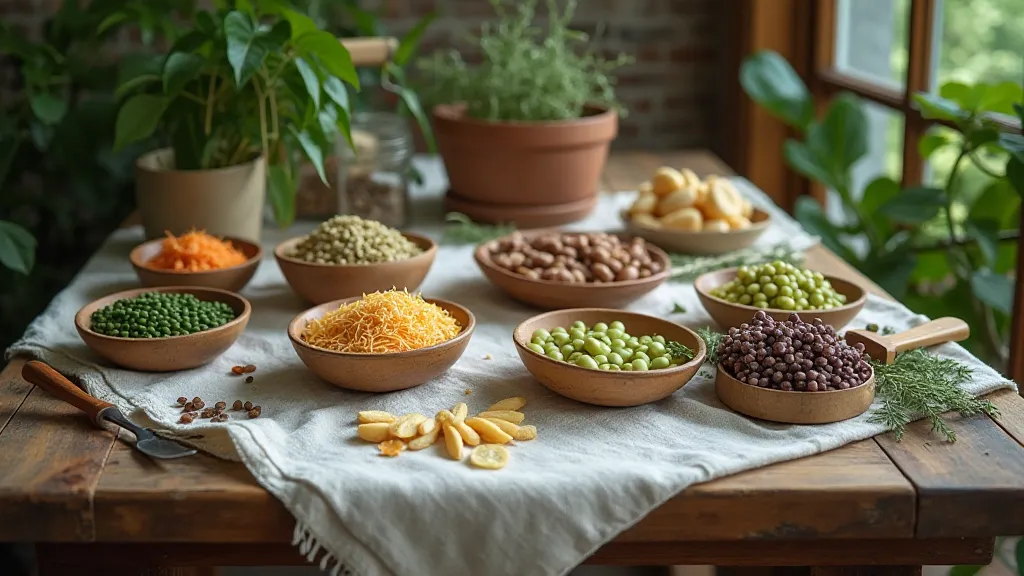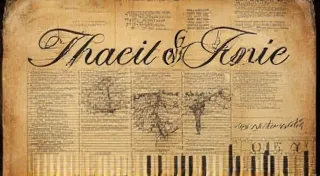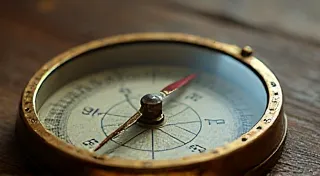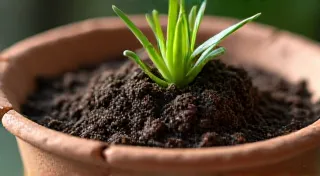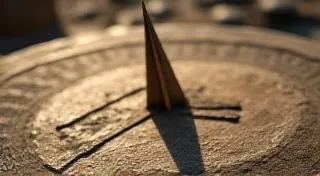The Bean's Cartography: Mapping Heirloom Varieties Across Continents
There’s a certain melancholy beauty in tracing the lineage of something old. Think of an antique accordion – its bellows, once brimming with the joyous music of a forgotten celebration, now silent, yet holding within them a history of hands that played it, dances that accompanied it, and laughter that echoed through generations. Heirloom beans are much the same. They are tangible links to the past, their flavors and forms whispering tales of migrations, cultural exchange, and the quiet dedication of farmers who saved their seeds, year after year. This isn't just about growing beans; it’s about understanding their journeys, appreciating the slow, deliberate hands that shaped them, and recognizing their deep interconnectedness with the global story of humanity.
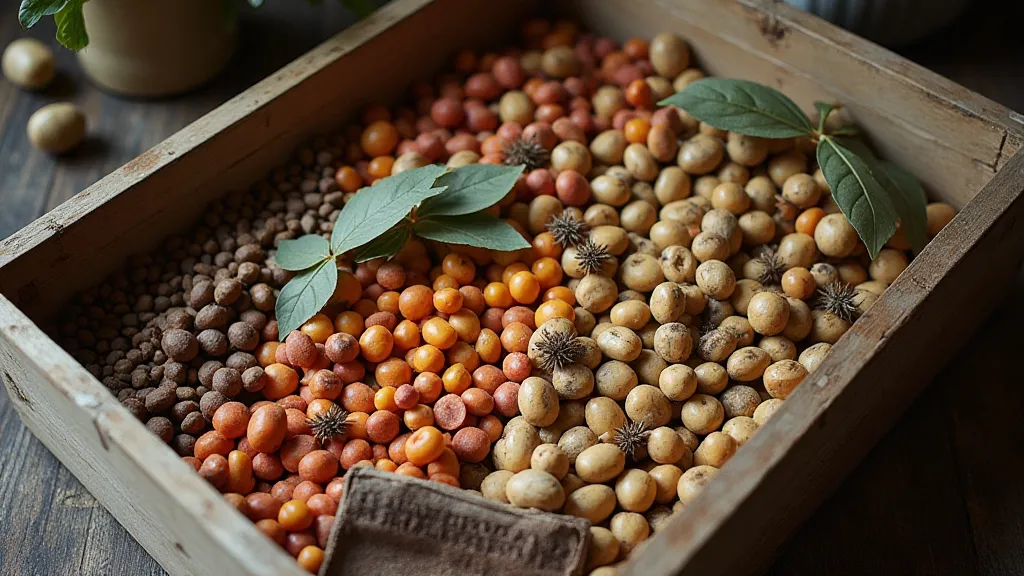
From the Andes to the Americas: The Foundation of Flavor
Our journey begins in the Andes Mountains of South America, a cradle of civilization and a treasure trove of biodiversity. For millennia, indigenous peoples cultivated countless bean varieties, each adapted to the unique microclimates of the region. The Scarlet Runner bean, with its vibrant flowers and long, trailing vines, exemplifies this heritage. Imagine the Incan farmers, understanding the land intimately, selecting seeds from the most productive plants, and carefully storing them for the next planting season. Their knowledge, passed down through oral tradition and practical experience, was the bedrock of agricultural innovation.
When the Spanish arrived in the 16th century, the exchange wasn't just of goods and conquest; it was a profound biological exchange. Beans, along with other crops like potatoes and tomatoes, crossed the Atlantic, transforming European cuisine and agricultural practices. The varieties that survived the journey and thrived in new environments began their own independent stories of adaptation and diversification. It's humbling to consider that the unassuming bean, so readily available in our grocery stores, holds within it the echoes of ancient empires and the complexities of colonial history.
The Silk Road of Seeds: Beans in Asia
The story doesn’t end in the Americas. The movement of beans, though often less documented than the movement of people or precious metals, followed similar trade routes. The Silk Road, traditionally known for its flow of silk and spices, also served as a conduit for seeds and plants. While the exact pathways are often obscure, evidence suggests that bean varieties, particularly those with desirable qualities like drought tolerance or disease resistance, traveled eastward. Think of the Adzuki bean, a small, red bean beloved in East Asian cuisine. Its origins are likely in Manchuria or Korea, and it eventually made its way to Japan, where it is an essential ingredient in traditional sweets and dishes.
The process of adaptation is fascinating to observe. Each new environment presented unique challenges – different soil types, climates, and pest pressures. Farmers, resourceful and observant, would select seeds from the plants that best thrived in these conditions, gradually shaping the bean’s characteristics over generations. This isn’s about scientific manipulation; it's a slow, organic process of selection, driven by the practical needs and culinary preferences of local communities. It's akin to a master craftsman meticulously refining a tool, each adjustment bringing it closer to perfection.
European Dispersal and Diversification
European colonisation played a significant role in the further dispersal of beans around the globe. As colonists established agricultural settlements in Africa, Australia, and the Pacific Islands, they brought with them seeds from their homelands. The French Navy, for instance, was known for distributing bean varieties to its colonies, ensuring a reliable source of protein for sailors and settlers. The ‘Haricot Tarbes’, a French heirloom variety, is a testament to this history, named after the town of Tarbes in southwestern France. Imagine the naval officers, overseeing the careful packing of seeds, completely unaware of the long and winding journey those beans would take.
Within Europe itself, the bean’s journey led to remarkable diversification. In Italy, for example, heirloom varieties like the Cannellini and Borlotti beans developed, each prized for its unique flavor and texture. These weren's simply crops; they were integral to local cuisine and cultural identity. Consider the meticulous care taken by Italian farmers, preserving these varieties, passing down the techniques for cultivation and preparation through generations. The beans weren’t simply food; they were a symbol of heritage, a tangible link to the past.
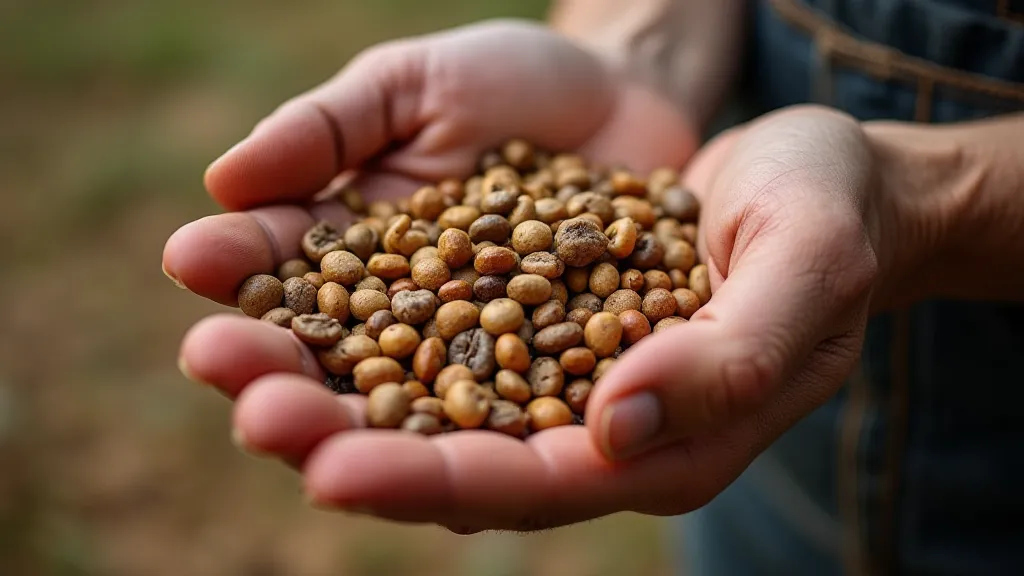
Rediscovering Lost Flavors: The Importance of Preservation
The 20th and 21st centuries saw a decline in the diversity of commercially grown beans. Driven by the demand for uniformity and high yields, large-scale agriculture favored a handful of standardized varieties. Heirloom beans, with their diverse characteristics and lower yields, were often overlooked. Fortunately, a growing movement to preserve and rediscover these lost flavors has emerged. Seed savers and small-scale farmers are working tirelessly to collect and propagate heirloom varieties, ensuring that their unique genetic heritage is not lost.
This preservation isn't just about safeguarding genetic diversity; it's about reconnecting with our agricultural roots. When we grow heirloom beans, we aren't just growing food; we’ve become active participants in a centuries-old tradition. We become caretakers of a living history. Think about the satisfaction of tasting a bean that has been grown and saved for generations, knowing that you are part of that lineage. It’s a powerful connection to the past, a tangible link to the farmers who came before us.
Cultivating the Past, Sowing the Future
Growing heirloom beans is more than just gardening; it’s a form of cultural stewardship. It’s an act of remembering, a way of honoring the farmers and communities who have shaped our food systems. As you tend to your bean plants, take a moment to appreciate the long and winding journey these seeds have taken. Consider the hands that saved them, the lands they's thrived in, and the stories they hold within them. Like an antique accordion, each heirloom bean is a vessel of history, a reminder of our shared humanity.
